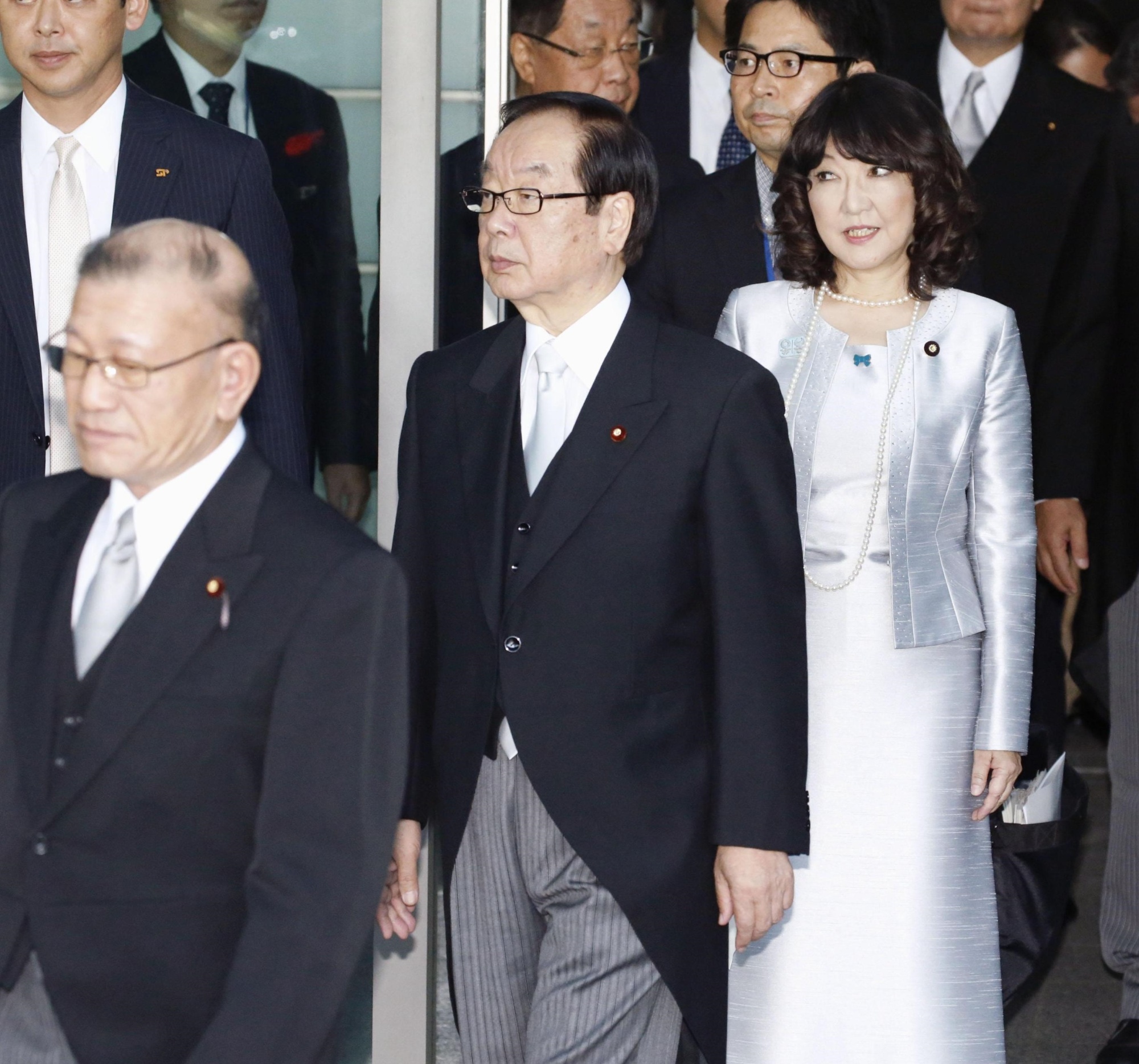Among the jargon of Japanese politics, there's a term called "Cabinet post waiting list"(Nyukaku taiki gumi). That list probably played a key role in the power game seen in Tuesday's Cabinet reshuffle carried out by Prime Minister Shinzo Abe, political analysts say.
The concept is a remnant of the old system probably dating back to the 1970s, when the ruling Liberal Democratic Party was comfortably in power and arbitrarily distributed Cabinet positions among members of influential intraparty factions.
At that time, the only condition for Lower House members to be given a Cabinet post was that they had to survive a national election five times or more and be recommended by their faction boss, regardless of their ability or expertise. For Upper House lawmakers, whose term is six years, the attached condition was that they had to win an election three or more times.



